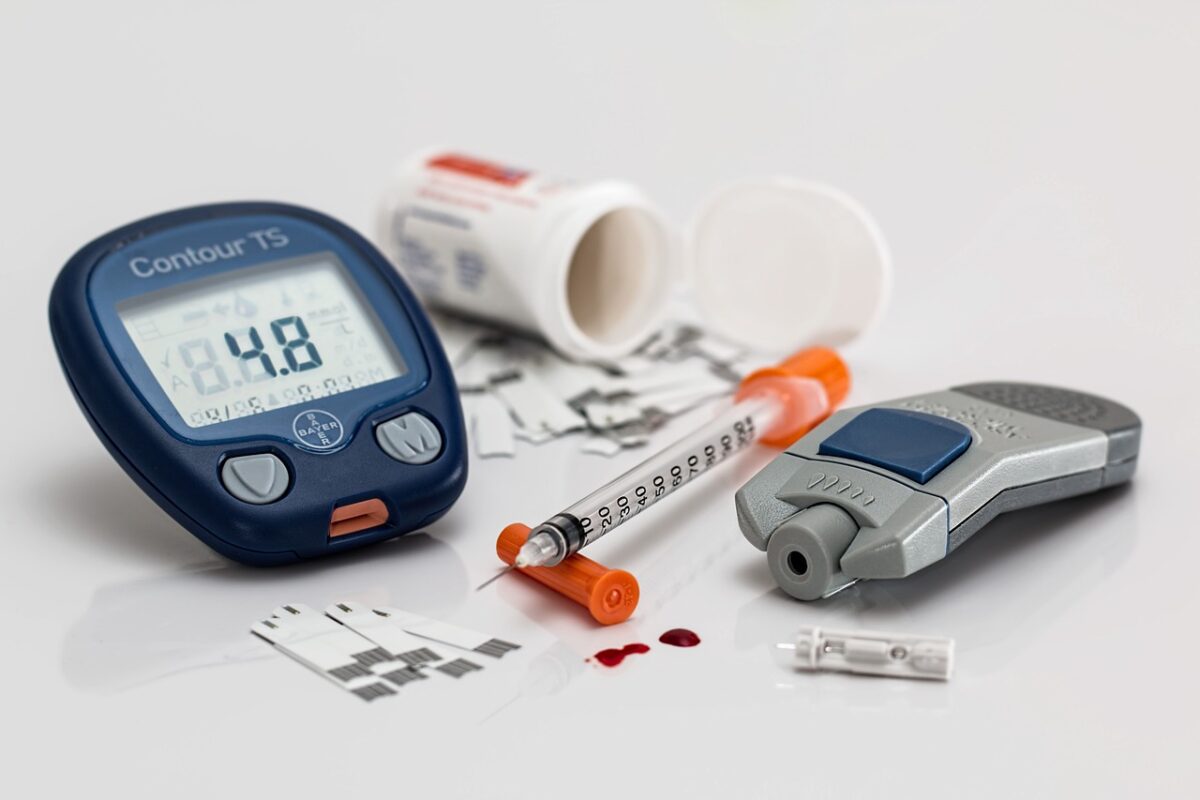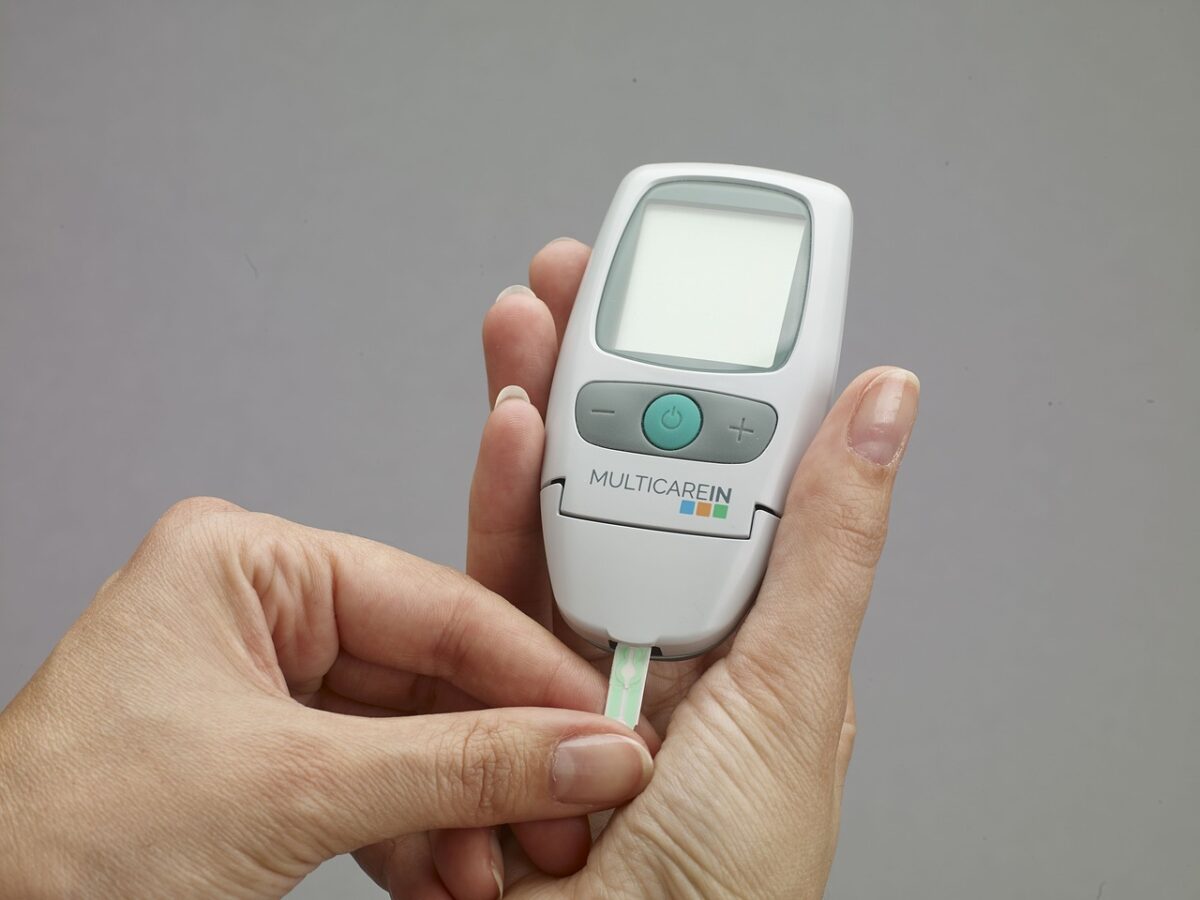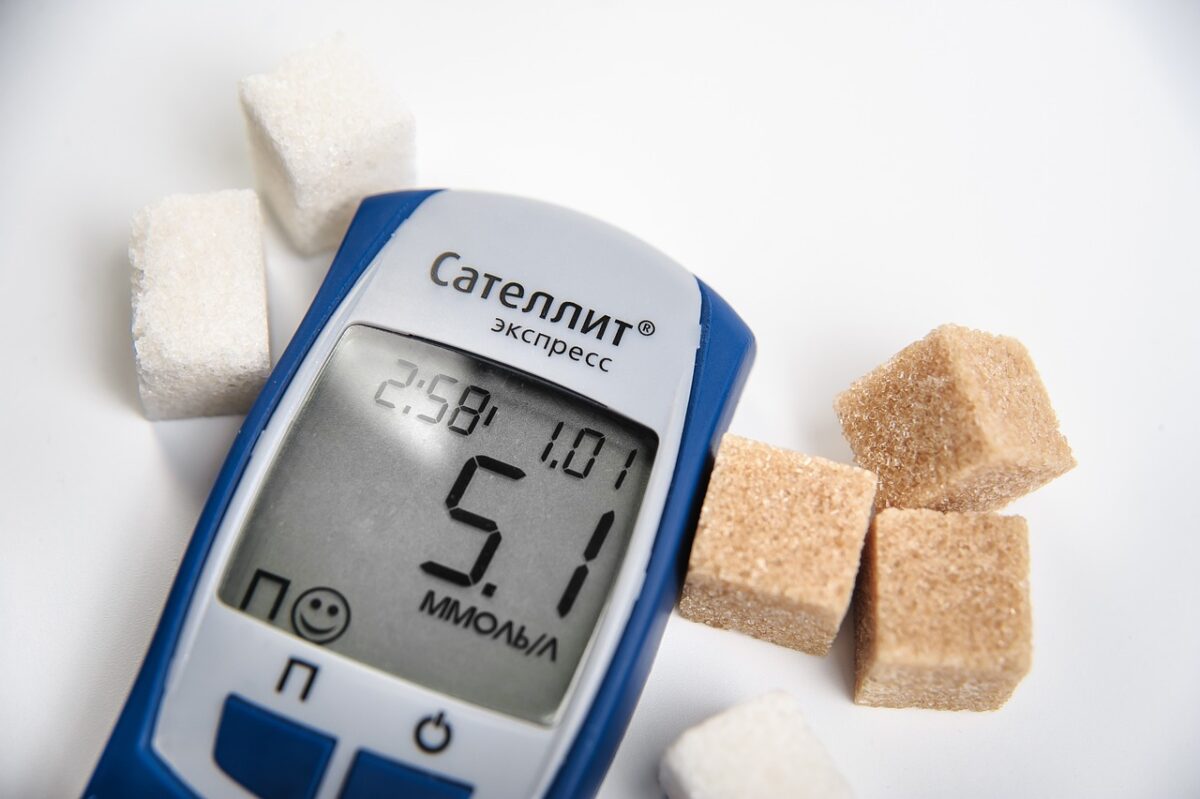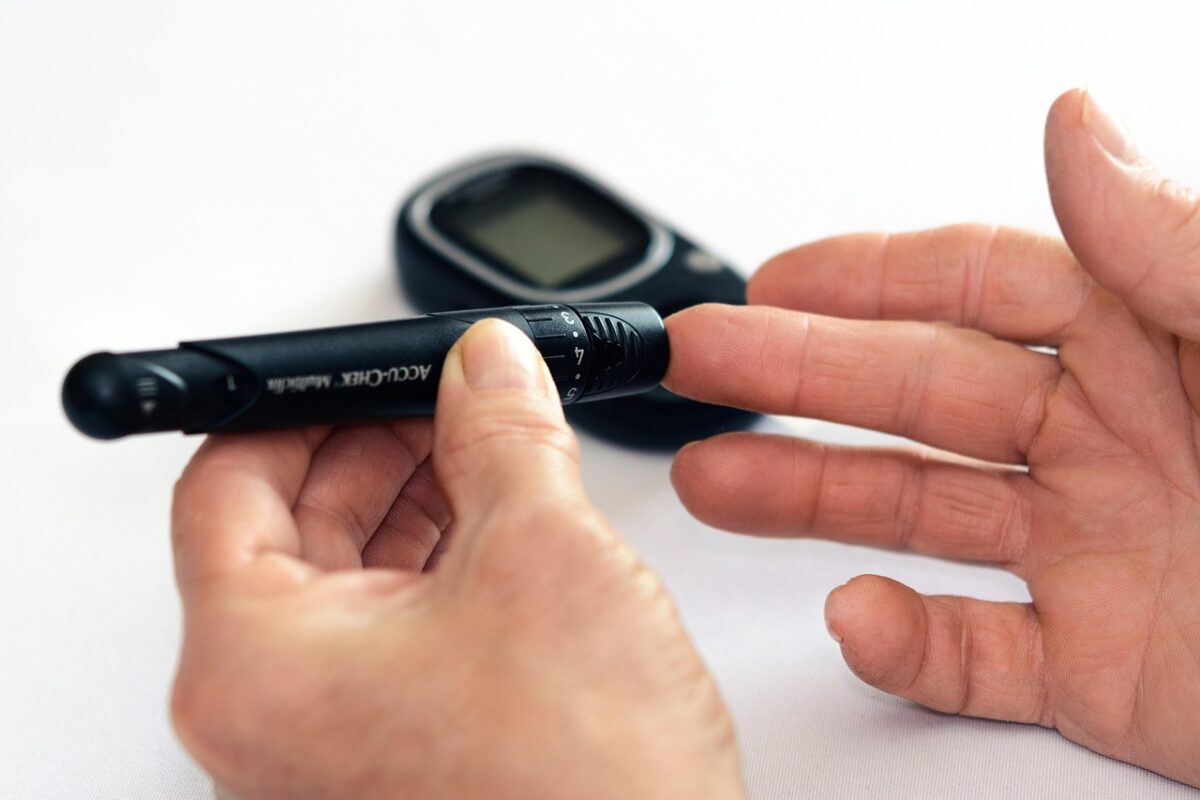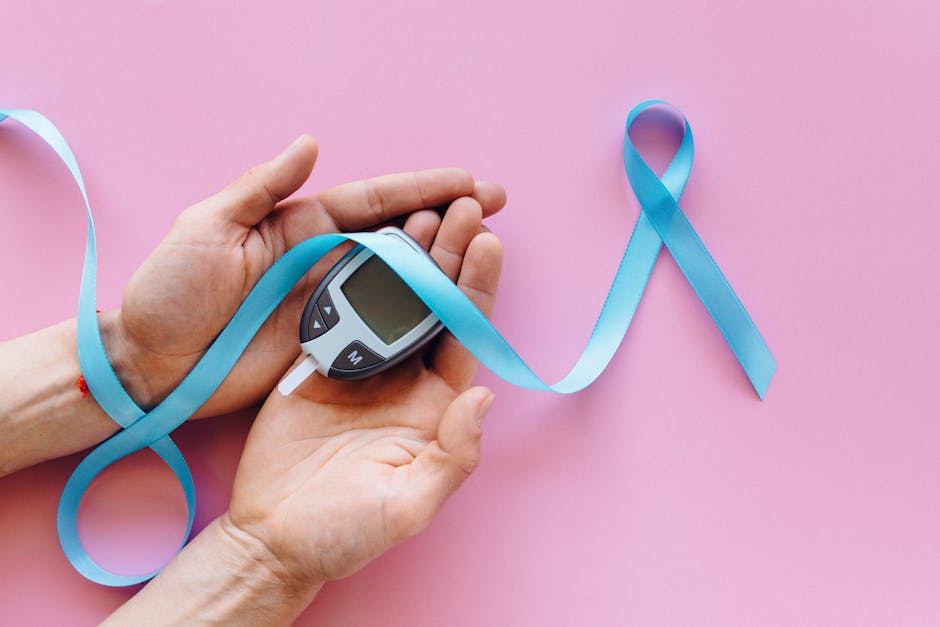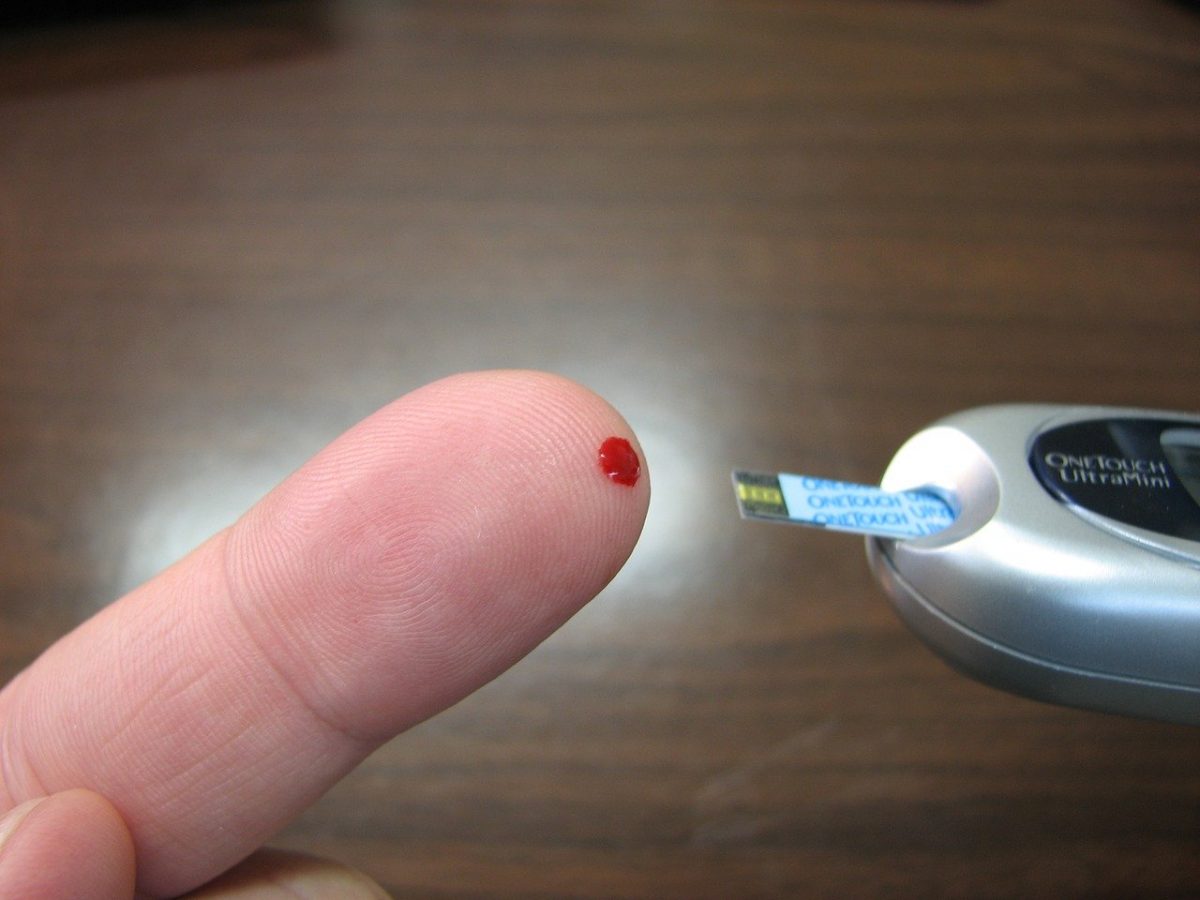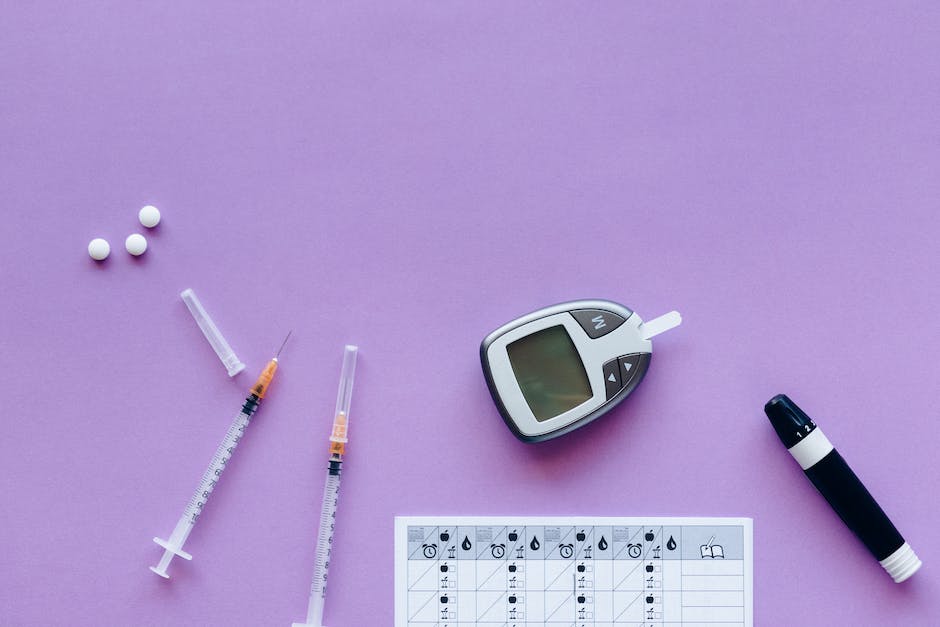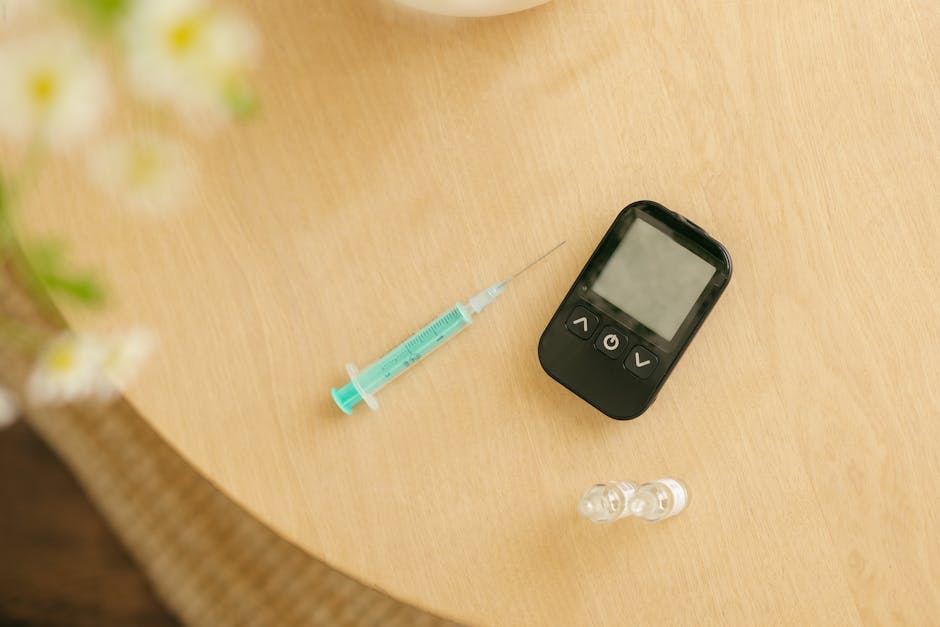Technology in diabetes management has come a long way, with Continuous Glucose Monitors (CGMs) becoming increasingly popular. These high-tech devices provide real-time blood sugar readings without the need for finger pricks, making them a game-changer for many people with diabetes.
So why do millions of people still use traditional glucose meters and test strips? While CGMs offer convenience, traditional fingerstick testing remains a reliable, affordable, and widely used option. In this blog, we’ll break down the differences between diabetes test strips and CGMs, and why test strips remain essential for many individuals.
What Are Diabetes Test Strips?
Diabetes test strips are small, chemically coated strips that work with a glucose meter to measure blood sugar levels. To use them, a person:
1️⃣ Pricks their finger to get a small drop of blood.
2️⃣ Places the blood on a test strip.
3️⃣ Inserts the strip into a glucose meter, which provides a blood sugar reading within seconds.
Test strips have been the gold standard for diabetes management for decades and remain widely available at pharmacies, online, and through insurance plans.
What Are Continuous Glucose Monitors (CGMs)?
A Continuous Glucose Monitor (CGM) is a wearable device that tracks blood sugar levels 24/7. It consists of:
📍 A small sensor inserted under the skin (usually on the arm or abdomen).
📡 A transmitter that sends data to a smartphone or receiver.
📊 A mobile app or device that displays real-time glucose readings.
CGMs eliminate the need for frequent finger pricks and provide a constant stream of glucose data, making them a preferred choice for many people with diabetes.
Why Do People Still Use Traditional Test Strips?
Even with advancements in CGM technology, diabetes test strips remain essential. Here’s why many people still prefer or rely on traditional testing:
1. Cost & Affordability 💰
One of the biggest barriers to CGMs is the high cost. Many insurance plans either don’t cover CGMs or require expensive co-pays.
✅ Test strips: Can be purchased over the counter, and generic brands are available.
❌ CGMs: Can cost hundreds of dollars per month without insurance.
For those without insurance or with high deductibles, traditional test strips offer a much more budget-friendly way to monitor blood sugar.
2. Accuracy & Reliability 🎯
While CGMs are great for tracking trends, they aren’t always as accurate as fingerstick tests.
✅ Test strips give immediate, precise blood glucose readings.
❌ CGMs can sometimes lag behind actual blood sugar levels, especially after meals or exercise.
Many doctors recommend using test strips to confirm CGM readings when symptoms don’t match the displayed glucose level.
3. Accessibility & Availability 🌍
CGMs require a prescription, special sensors, and ongoing replacements, making them harder to access.
✅ Test strips: Readily available at pharmacies, online, and through insurance.
❌ CGMs: Require doctor visits and approvals before use.
This makes traditional glucose meters and test strips a more practical choice, especially for those who need immediate access to testing supplies.
4. Simplicity & Ease of Use 🏥
Not everyone wants to wear a device 24/7 or deal with CGM maintenance (charging, replacing sensors, calibrating).
✅ Test strips: Simple, quick, and require no setup.
❌ CGMs: Require sensor changes every 7-14 days and occasional troubleshooting.
For elderly individuals, those with limited tech skills, or people who only need occasional testing, fingerstick tests remain the easiest and most familiar option.
5. Backup for CGM Users 🔄
Even people who use CGMs often keep test strips as a backup in case of:
⚡ CGM sensor failure
🔋 Battery or connectivity issues
🚑 Emergency situations where CGMs aren’t available
This ensures they can still monitor their blood sugar accurately when needed.
Final Thoughts: Both Methods Have Their Place
While CGMs provide continuous tracking and convenience, traditional test strips remain a reliable, affordable, and accessible option for millions. Whether due to cost, accuracy, ease of use, or accessibility, many people still prefer or rely on test strips for their daily diabetes management.
If you have extra, unused test strips, consider selling them to help others who depend on them for affordable diabetes care!
Whether you use test strips, a CGM, or both, managing diabetes is about finding what works best for you. Stay informed, stay healthy, and make the best choice for your needs! 💙

